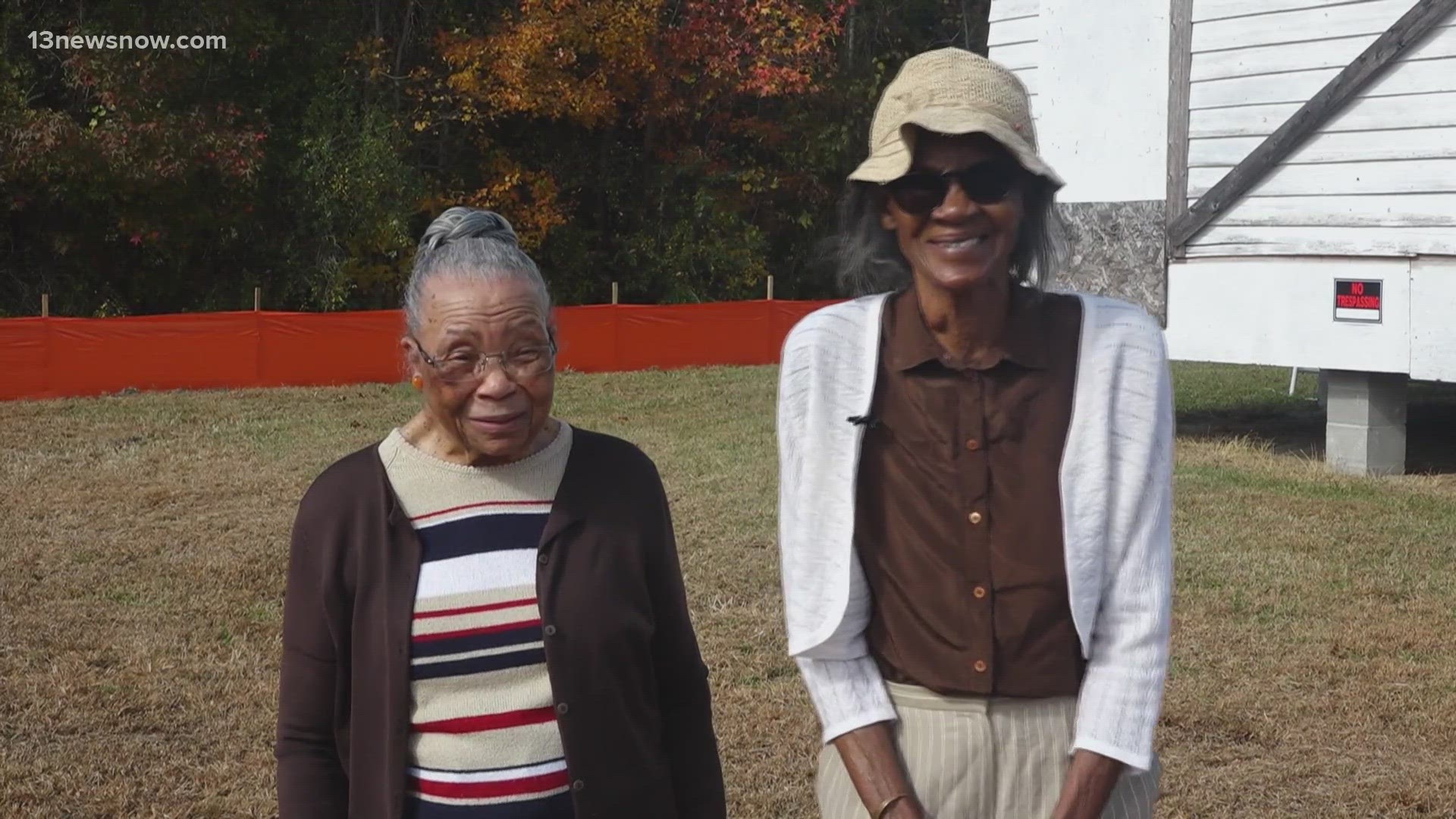CHESAPEAKE, Va. — For years, advocates have wanted to revitalize the historic Cornland School, which taught Black children in the early 1900s.
Thursday, after more than a decade of planning, Chesapeake city leaders broke ground on a long-awaited project to restore the building.
Located off Highway 17 near the Great Dismal Swamp, freed slaves built the school in 1903 to teach Black children in what was then Norfolk County.
Chesapeake City Councilwoman Dr. Ella Ward formed the Cornland School Foundation in 2010, after the owners of the property located the dilapidated building in the woods and asked Ward to help restore it.
Since then, she and others have pushed for funding and support.
“I just know the value of the history of preserving what it was for our people of color, Black people, to go to school in 1903,” said Ward, who is a former educator. “Black people were not even supposed to be getting an education and really, they weren’t even taught to read.”
The city plans to transform the old building into a place where people can learn about the Cornland School's impact. Multiple exhibitions will include interviews of teachers and former students, like Emma Nixon and Mildred Johnson.
“What we went through, they don’t have to do that,” said Nixon. “They have it so much better.”
Both women recall walking up to eight miles to and from school daily.
During an era of mandated segregation, Johnson recalls challenges along the way.
“And the school buses with the white children on it, they would pass by and throw things at us,” Johnson recalls. “Yes, we went through it.”
The effort is part of a larger project to transform eight acres of land into the Historical Village at the Dismal Swamp. The Cornland School renovations are part of the first phase of the Village, which will include a new visitor center, connection to the Dismal Swamp Canal Trail and other exhibits.
So far, nearly $9 million in federal, state and local funds have been allocated to eventually showcase the stories of the Indigenous groups who first inhabited the area, early colonists and people of African descent, as well as the Dismal Swamp's role in trade, commerce and agriculture.
Nixon and Johnson are just happy to see their stories told.
“Hope I will be able to see them complete it," said Nixon.
“Me too," said Johnson. "That’s it. I want to see it completed and walk in it. That will be the day. Yes!"
The renovated school building should open to the public next spring.

